Happy Monday! We hope you had a fantastic Christmas weekend if you celebrated, and a fantastic regular weekend if you didn’t.
Today’s TMD is going to be on the shorter side: Remarkably few things of note transpired between Friday morning and today, and we’d be wasting your time if we pretended otherwise just to fill space. Enjoy the extra few minutes!
Quick Hits: Today’s Top Stories
-
The White House announced Friday that on December 31, President Joe Biden will lift the travel restrictions put in place on eight African nations last month. “The restrictions gave us time to understand Omicron and we know our existing vaccines work against Omicron, [especially] boosted,” White House spokesman Kevin Munoz said.
-
The Centers for Disease Control updated its guidance late last week to allow healthcare workers who contract COVID-19 to return to work with a negative test after seven days rather than 10, noting even “that isolation time can be cut further if there are staffing shortages.” New York went even further on Friday, announcing vaccinated essential workers can return to work five days after a positive COVID-19 test provided they are asymptomatic.
-
NASA launched its James Webb Space Telescope into space on Saturday, coming one step closer to completing its decades-long mission “to seek the light from the first galaxies in the early universe and to explore our own solar system, as well as planets orbiting other stars, called exoplanets.”
-
Russia’s Defense Ministry said over the weekend approximately 10,000 troops that had been training near the Ukrainian border will return to their more “permanent deployment” in the Southern Military District. Ukraine’s Security and Defense Council, however, estimated late last week that about 122,000 Russian troops were deployed within 200 kilometers of the two countries’ border.
-
The San Francisco board of supervisors voted 8-2 on Friday to approve Mayor London Breed’s emergency declaration for the city’s Tenderloin District, allowing her plan to create a service center for those struggling with drug addiction and crack down on homeless encampments to move forward. San Francisco Police Chief Bill Scott said, however, that the force is “not planning on using an arrest tactic to clear the streets.”
-
Desmond Tutu, the South African archbishop who won a Nobel Peace Prize for his anti-apartheid activism, died on Sunday at the age of 90.
A Very Omicron Christmas
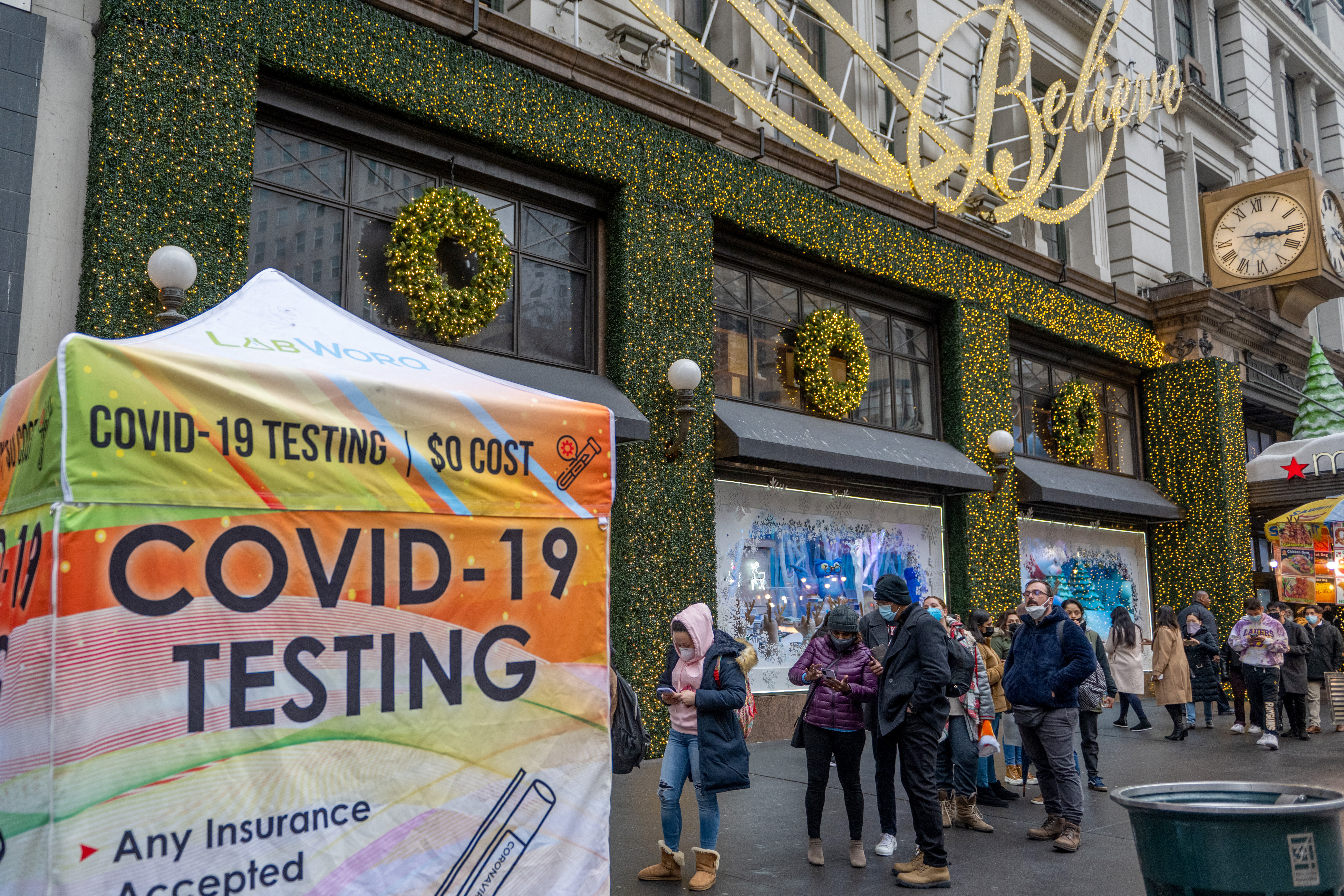
Going just by daily confirmed cases, the United States’ second Christmas of the COVID-19 pandemic looked remarkably similar to its first. Last year on December 25, the country was averaging slightly more than 200,000 infections per day; this year, slightly less than 190,000. CNN’s Dana Bash undoubtedly spoke for many yesterday when she asked Surgeon General Vivek Murthy what he’d say to “Americans who fear that the pandemic is just never going to end.”
The nation’s top doctor did his best to assuage a weary nation. “I can understand the fatigue and the frustration that many people have about where we are in the pandemic right now. It has been almost two years,” Murthy said. “We’ve lost so many people, and our lives have been changed fundamentally. But those struggles shouldn’t obscure one critical thing, which is that we have made tremendous progress in these last two years as well.”
“We will get to the end of this pandemic,” he concluded. “It’s gone through twists and turns, but we will get there, and we will get there together.”
If you’re a regular reader of this newsletter, you know we’ve approached our pandemic coverage this year with the baseline assumption that, although the virus will never be completely eradicated, it’s becoming increasingly endemic as the global scientific community debuts tool after tool after tool aimed at rendering COVID-19 more a nuisance than an acute threat. For all the panic it’s spurred, the Omicron variant has likely accelerated that process—and a handful of developments over the past few days have laid bare just how much closer to endemicity we are today than we were last Christmas.
For starters, the correlation between new cases and new deaths is far weaker, thanks to a combination of vaccine and natural immunity, advanced therapeutics and treatments, and Omicron’s lessened virulence. On December 25, 2020—when about 200,000 daily cases were being detected—an average of 2,644 American deaths were attributed to the coronavirus every day. The daily case numbers have fallen just 5 percent year-over-year to 190,000, but the daily death numbers plunged 60 percent to 1,055. Deaths are a lagging indicator, of course, and this winter’s surge in new infections has bubbled up more quickly than 2020’s—but with study after study after study finding Omicron to cause less severe disease than its predecessors, deaths and cases will likely decouple even further as the latest variant continues to box out Delta and the newly authorized Paxlovid antiviral is rolled out to hospitals and pharmacies nationwide.
No matter how mild Omicron ends up being, however, the pandemic will not truly shift to endemic status until our collective approach to the virus changes as well. If we’re still closing businesses and reimplementing mask mandates when caseloads get too high, the practical effect of decreased virulence is muted. Large swaths of the country obviously moved away from this kind of thinking months ago—if not last year—but a series of data points and announcements from the last week indicate even blue states and urban centers are preparing to join them.
Looking at holiday travel, for example, Transportation Security Administration (TSA) statistics show 133 percent more people flew during the first 25 days of December this year than last year—and the 2021 figures (~1.9 million travelers per day) are closing in on the pre-pandemic, 2019 ones (~2.25 million). Faced with headlines about record Omicron spread, Americans by and large forged ahead with their Christmas plans. Unless, of course, their flight was one of the thousands canceled over the weekend due to “crew staffing concerns” as pilots and flight attendants—like the rest of the country—test positive for COVID-19 at a remarkable clip.
But this, too, represents a shift in mindset from earlier in the pandemic. With Omicron-induced quarantines threatening the viability and continuity of various services and industries—from healthcare and dining to law enforcement and education—institutions are now shrugging off shutdowns and instead taking a sledgehammer to their quarantine rules.
Two weeks ago, for example, the NFL updated its COVID-19 protocols to allow vaccinated players who contract the virus to return to the field as early as the next day if they are asymptomatic and either test negative or not be producing enough virus to be contagious. Last week, the CDC shortened its own quarantine guidance for vaccinated healthcare workers from 10 days to seven, noting they can return even earlier “if there are staffing shortages.” New York Gov. Kathy Hochul—with her state facing one of the biggest Omicron spikes in the country—said essential workers could return to work five days after testing positive if they are asymptomatic or experiencing mild symptoms, and have no fever for 72 hours. Included in that “essential worker” bucket: Teachers, mechanics, bartenders, pilots and flight attendants, acupuncturists, and a whole lot more.
“Positive cases don’t necessarily mean that you are too sick and require hospitalization,” Hochul said, announcing the policy change. “We just have to, again, manage. This is not Delta. This is not the first variant.”
Speaking with ABC News’ Jonathan Karl yesterday, Dr. Ashish Jha—the dean of Brown University’s School of Public Health—made his case for a sunnier 2022.
“I think it is definitely the year we get this under control,” he said. “I’m actually convinced that we’ll have more variants. But each of them will impact us less and less, and we will get to a point … where we’ll see new waves of infection, it will not have a big effect on hospitals. People will go on. People will not get really sick and die. And we will learn to live with this virus, and it will stop being disruptive to our lives.”
Worth Your Time
-
For more on the James Webb Space Telescope launch, be sure to check out the latest from The Atlantic’s space reporter, Marina Koren. “Telescopes are, in a sense, an extension of human perception,” she writes. “Webb will observe the universe in infrared, the perfect wavelength for catching ancient light from early stars and galaxies. The more distant a galaxy is from Earth, the faster it’s moving away from us, tugged along by the expansion of the universe, which has been whirring since the Big Bang. By the time the well-traveled light from those early galaxies reaches us, the cosmos has stretched it so much that we can no longer detect it as visible light, which is Hubble’s specialty. Hubble has managed to capture galaxies as they were about 500 million years after the Big Bang, but Webb should reveal an even older landscape, giving humanity a firmer grasp on how it all began.”
-
Frank Capra’s It’s a Wonderful Life turned 75 this year, and in The Washington Post, Henry Olsen argues the film still serves as a testament to America’s promise. “Prewar America was defined by its racial and religious divisions. The war, to some extent, was the first truly shared experience among these warring groups, as they fought and died on behalf of the same cause. In Capra’s hands, the movie promoted the idea of a united nation filled with equal citizens from every race, creed and color,” he writes. “Most of the heroes have obviously ethnic surnames, such as Bailey (Irish), Martini (Italian) and Gower (Welsh). This was not true of the short story that Capra adapted to write the screenplay, which used English names such as Pratt, Biddle and Thatcher. … [Capra] makes racial equality part of his message. While the film’s few Black characters are depicted as maids, railroad porters or piano players, a Black woman appears in the famous final scene to help bail out George from his financial woes. The clear implication is that she, too, got a loan for a Bailey Park home, making it an integrated community. Black people are part of this nation, too, Capra tells his audience.”
-
Pope Francis delivered his annual Christmas blessing on Saturday, and this year’s message paid particular attention to loneliness and the importance of human connection. “Sisters and brothers, what would our world be like without the patient dialogue of the many generous persons who keep families and communities together?” he asked. “In this time of pandemic, we have come to realize this more and more. Our capacity for social relationships is sorely tried; there is a growing tendency to withdraw, to do it all by ourselves, to stop making an effort to encounter others and do things together. On the international level too, there is the risk of avoiding dialogue, the risk that this complex crisis will lead to taking shortcuts rather than setting out on the longer paths of dialogue. Yet only those paths can lead to the resolution of conflicts and to lasting benefits for all.”
Presented Without Comment
Also Presented Without Comment
Toeing the Company Line
-
In a piece for the site today, Chris Stirewalt writes about how raising awareness for every little issue has paralyzed society. “In an era where everything is a crisis, then nothing really is one,” he says. “How many overhyped panics do we expect Americans to endure before reaching the rational conclusion that the news media, their politically addicted peers, and institutional leaders have lost all perspective?”
Let Us Know
It could have been this weekend, but it doesn’t have to be: What’s the best present you ever received a) as a kid and b) as an adult?
Reporting by Declan Garvey (@declanpgarvey), Andrew Egger (@EggerDC), Charlotte Lawson (@lawsonreports), Audrey Fahlberg (@AudreyFahlberg), Ryan Brown (@RyanP_Brown), Harvest Prude (@HarvestPrude), and Steve Hayes (@stephenfhayes).
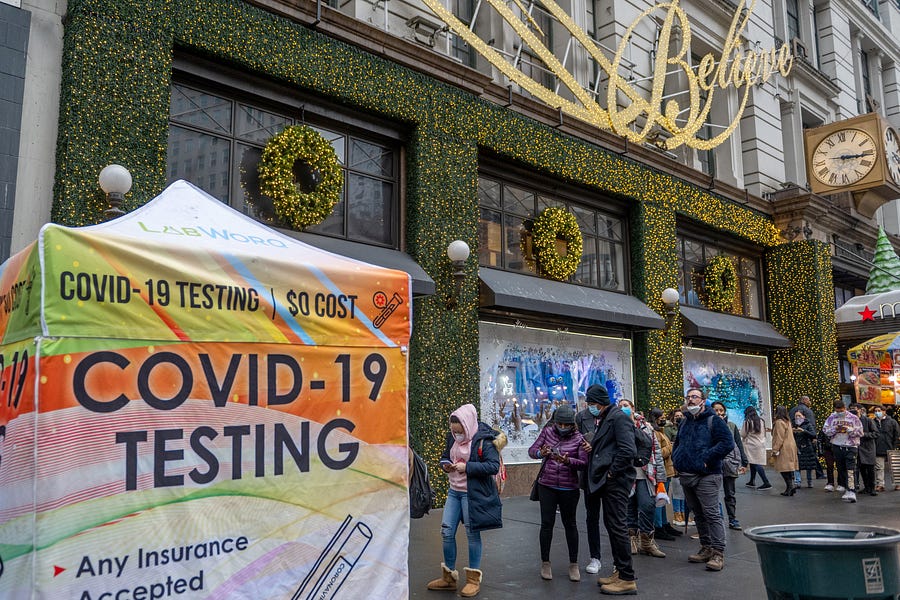

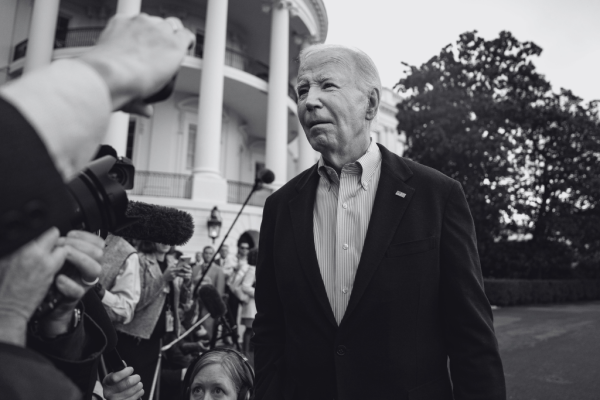
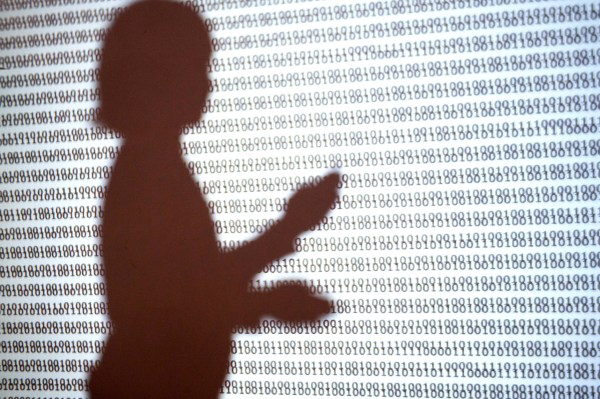
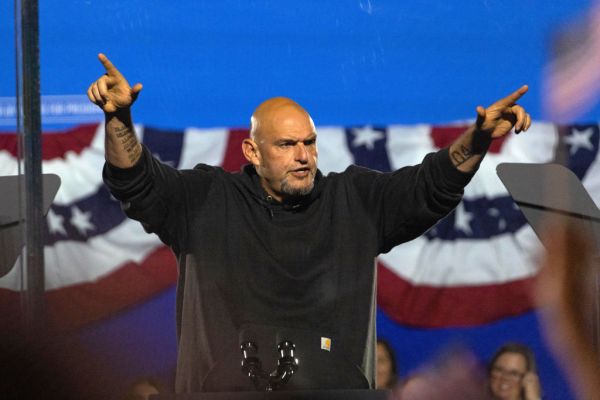
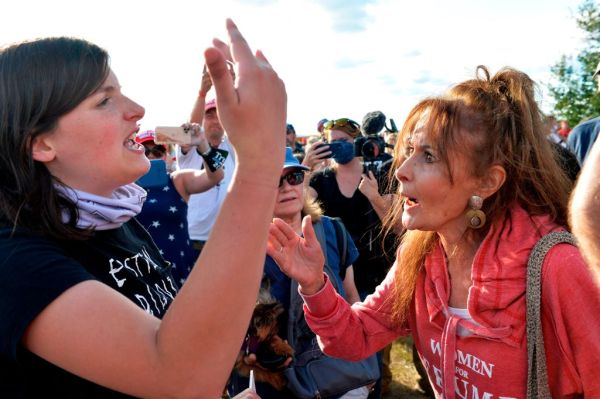
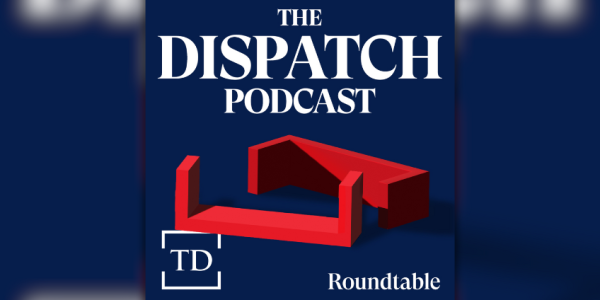

Please note that we at The Dispatch hold ourselves, our work, and our commenters to a higher standard than other places on the internet. We welcome comments that foster genuine debate or discussion—including comments critical of us or our work—but responses that include ad hominem attacks on fellow Dispatch members or are intended to stoke fear and anger may be moderated.
You are currently using a limited time guest pass and do not have access to commenting. Consider subscribing to join the conversation.
With your membership, you only have the ability to comment on The Morning Dispatch articles. Consider upgrading to join the conversation everywhere.